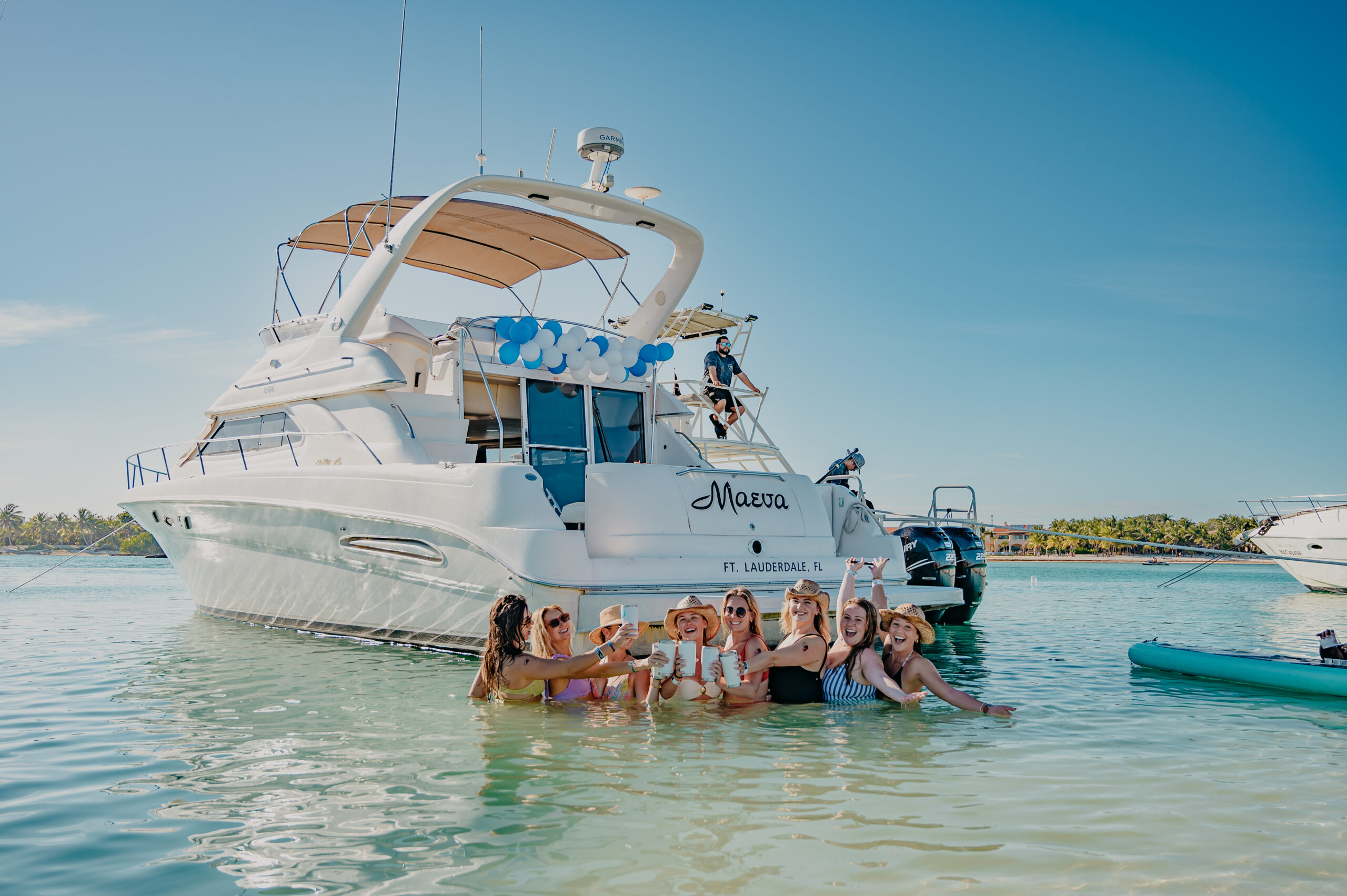Good tips for snorkelers
Snorkeling is one of the best experiences to tick off your bucket list. And snorkeling in the Caribbean with its calm, clear waters and living reefs full of coral and fish — ahh!
It’s one of the main the reasons why expats end up here. Everyone falls in love with the water, above on the beaches and underneath with the fishes!
Snorkeling always looks so easy, doesn’t it? And it is! All you need is the right equipment, and to relax. Snorkeling isn’t a sport. It’s like watching TV. Interactive TV. And just like TV, you don’t touch much (aside from the water, and the sand)!
FLOTATION DEVICE
If you’re not a sure/strong swimmer, you can still safely and confidently enjoy snorkeling. Vests, or water noodles. They may not be photogenic as you wish, but they extend your snorkeling time! Just float when you get tired.
WETSUITS (OPTIONAL)
Shorty wetsuits. No, they’re not just for cold water. They also add buoyancy AND sunburn protection. No little bits of stings and nicks on your covered skin either.
REEF-FRIENDLY SUNSCREEN
Whether you go snorkeling with a swimsuit or wetsuit, you need sunscreen. It should be eco-friendly that won’t leave harmful elements in the water. Some areas in some countries check your sunscreen. Look for ‘certified organic’ ingredients, and “certified safe for human, fish and coral health.”
MASK & SNORKEL
Tours like ours usually provide quality masks and snorkels, complimentary as a part of the trip. We do!
If you get into it, buy your own set to take with you whenever you travel. Saves you rental costs! And the fit will be even better.
How to fit your mask, snorkel and fins:
- It should be as narrow or as wide as your face, and should fit your nose size and length. By sight, you can tell if the mask is made for you or not.
- Try it on. Press it to your face. Does it fit comfortably? Water pressure will press it to your face. All its edges should be just right. Not too high up that it touches your nostrils, not too near your eyes. (Men, shave before trying on masks so you can see properly!)
- Suction test. (Here’s where men should shave, because stubble/full mustache doesn’t allow a water-tight seal). Put the mask onto your face (without pulling on the straps) and breathe in through your nose. This should seal the mask to your face. Move around a bit– the mask should stay on without you having to hold it.
- Now try the straps. The fit should be snug, not tight. The straps should sit high on your head. If they rest on your ears, that will be painful.
- Try it with a snorkel. Put your snorkel in your mouth. This is enough to shift your face muscles, but it shouldn’t break the seal/suction of your mask. If it does, try another one.
- Look for semi-dry/dry snorkels. They have splash guards or a valve at the top that seals when your snorkel goes underwater, and a purge valve at the bottom so you can easily blow water out. Don’t forget, the snorkel mouthpiece should be comfortable in your mouth.
- Defogger. Snorkeling is all about seeing, so it sucks when you can’t see. Your mask will fog up because you generate heat. But it’s preventable with defogger gels, or even your own saliva. Make sure your defogger is also biodegradable, non-toxic, alcohol-free.
- Enter the water with a dry mask, over a dry face, and do not take that mask off at all during the snorkel. That’s it.
- Or you can simply use baby shampoo. Dilute 5-10 drops of baby shampoo in 2-ounces of water. Spray your mask with this solution, swish it around and dump the excess. Don’t rinse. The mild soap should coat the mask– this prevents moisture attachment. And the baby shampoo won’t sting your eyes.
- Fins. Like your mask, your fins should fit comfortably. Snug, not tight. The big fins may look awesome in the movies, but that’s for experienced swimmers. They require a lot of muscle to use. Opt for smaller fins.
PRACTICE SNORKELING
When you’re familiar with it, it keeps you relaxed. You enjoy the water, instead of worrying if you’re doing things right.
Get used to your snorkel. Don’t bite. Rest your teeth on your snorkel. Avoid a sore jaw by staying relaxed.
Practice deliberately flooding and clearing both mask and snorkel. When water comes in, you might get a salty surprise, especially for first-timers! So practice calmly reacting to this scenario and blowing out all the salt from the snorkel.
- Simply get out of the water and let the water out.
- Or, without leaving the water, press the top portion of your mask to your face and blow air out through your mouth. The air will force the water out through the looser lower portion of your mask.
Practice floating face down and breathing. This is the best part of snorkeling. Just lying on the ocean, letting the salt water carry you, and watching everything underneath. Beginners get plenty of encouragement and excitement from this! It’s so easy!
- Keep the snorkel upright. Get help from a friend with more experience. At H2Oh, we help you out with this!
- Gently kick with your fins to get yourself moving. That’s it! You’re snorkeling!
Practice looking around. Get familiar with your mask and your surroundings. You lose some of your peripheral vision because of the mask. Always look around so you don’t bump into other snorkelers.
SNORKELING SAFETY AND ETIQUETTE
When you head out with us, we go in groups with guides, so stay close. Or if you’ve chosen a beach, make sure you have a spotter or a lifeguard, or better yet a buddy system and only go out together. Watch out for flags or anything indicating rough conditions. You may see whitecaps or heavy winds, red flags or yellow flags.
We don’t have much of this in the Riviera Maya, but elsewhere watch out for jellyfish and undertow or rip tides
Touch nothing and take nothing. Even a shell can look harmless — but if everyone took just one tiny shell, what would be left?
Touching nothing applies to your feet as much as your hands. Be careful to swim a safe distance so you don’t kick corals. This could damage your skin and your fins. But the damage to the coral is worse. Corals are living creatures and so essential to marine life. It’s up to us to preserve them. It’s so tempting to touch them, but don’t. It can poison them.
Certainly don’t stand on them to rest from swimming! One second’s damage could take one decade to grow!
Every creature deserves its personal space. Don’t go too near. If they’re used to people, they’d come to you instead! Let them, but don’t stress them with cuddles. Remember, no touching.
No feeding either. It turns out that feeding fish creates havoc on the ecosystem. Think about it. If certain species are too full from feedings, they won’t eat the creatures they’re supposed to eat, and they’re supposed to eat those so they have the nutrients needed by those that eat them. And so on. It has a rippling effect.
A trick is to move your fingers as if you have food! The fish are tricked by that, and you’d have gorgeous underwater photos without damaging the marine food chain!
MOST OF ALL…
Enjoy snorkeling! Relax. Rest. Meditate. Don’t forget to turn over now and then, getting your exposed back into the water, or you might bake in the sun. And hydrate! The salt water absorbs moisture from your skin.
When you get back aboard with us, one of the crew can get you a water to enjoy while you think of all you experienced.
After snorkeling… it’s time for the high-dive!








